Market Share
Dolomite Powder Market Share Analysis
To set themselves apart from competitors in the Dolomite Powder Market, firms employ various strategies. One thing that really matters with respect to market share positioning is continuous innovation toward dolomitic powder processing, quality improvements, and increasing applications thereof. Particle size, purity level, and chemical compositions are essential parameters because this product finds wide application in different industries like building, farming, or fabrication. What pricing strategy should I use, cost leadership? Or premium pricing. It depends on whether you want your organization's product to be cheaper than other similar ones or not. To position their market shares, a reliable and extensive distribution network needs to be established. In order to maintain its high population, companies deal with construction material suppliers, agricultural distributors, and metallurgical companies. Strategic alliances and contacts with the main players in the construction, agriculture, and metallurgical industries are another important aspect of market positioning in the Dolomite Powder Market. This can include building links with builders, farmers, or steel producers for dolomite powder manufacturers that would enable them to share expertise while expanding markets together or confront common issues such as specifications changes/ amendments in legislation, changing industry standards, etc. Market share growth requires effective marketing and branding efforts. Companies invest in creating a strong brand image and promoting their dolomite powder through various channels like digital marketing, participating in industrial events, or engaging professionals from the construction and agricultural sectors. Innovative practices within Dolomite Powder Market dominate successful market share positioning. Dolomite powder manufacturing enterprises direct resources towards research and development aimed at developing new formulations of dolomite powder processing technologies and applications that conform to changing environmental demands, current trends in construction, and requirements from the metallurgy sector. Also, market positioning depends on customer-focused strategies. Companies that understand the specific needs of building firms, farmers, and steel industries, therefore, provide tailor-made products and services for them made out of this mineral called dolomite powder.

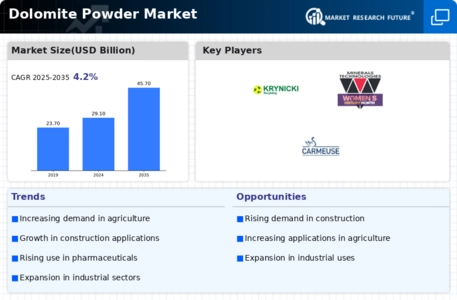
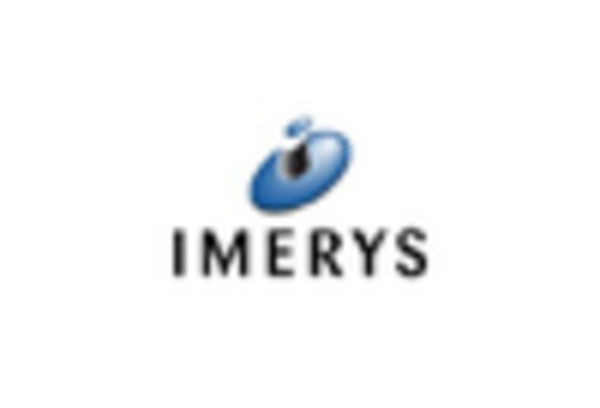
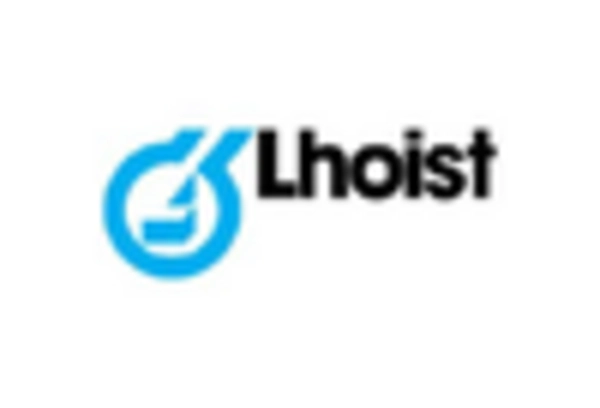
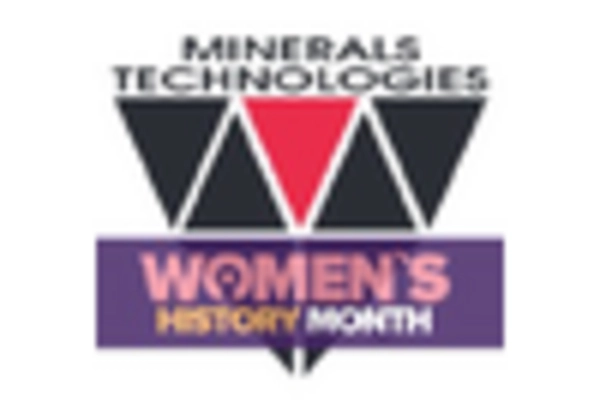
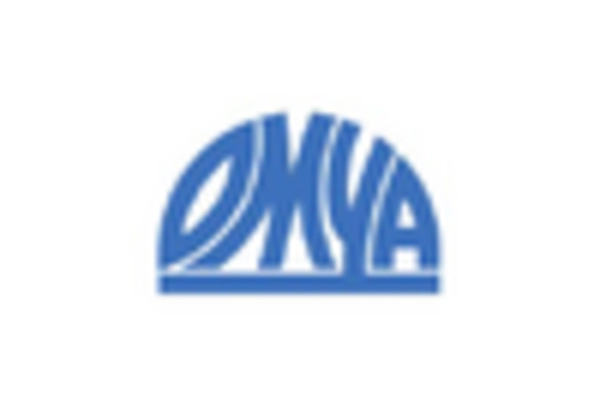
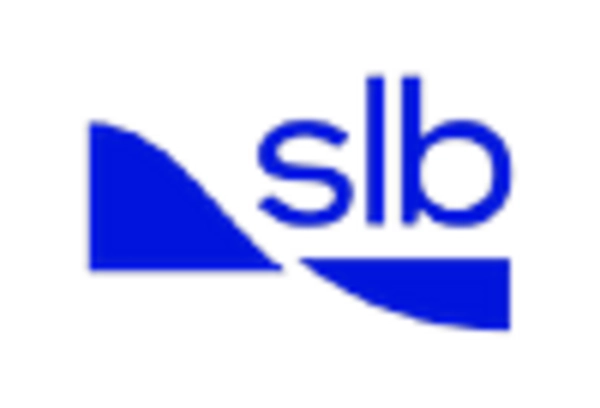
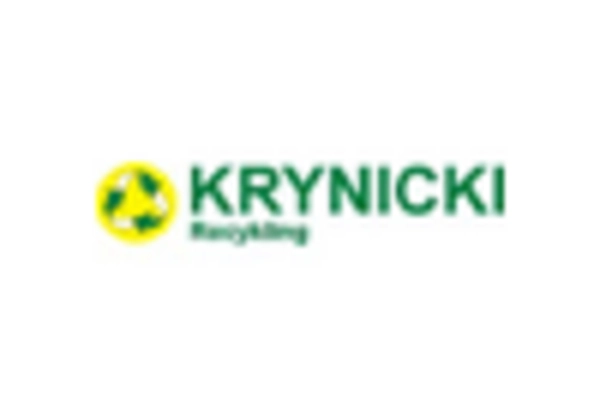









Leave a Comment